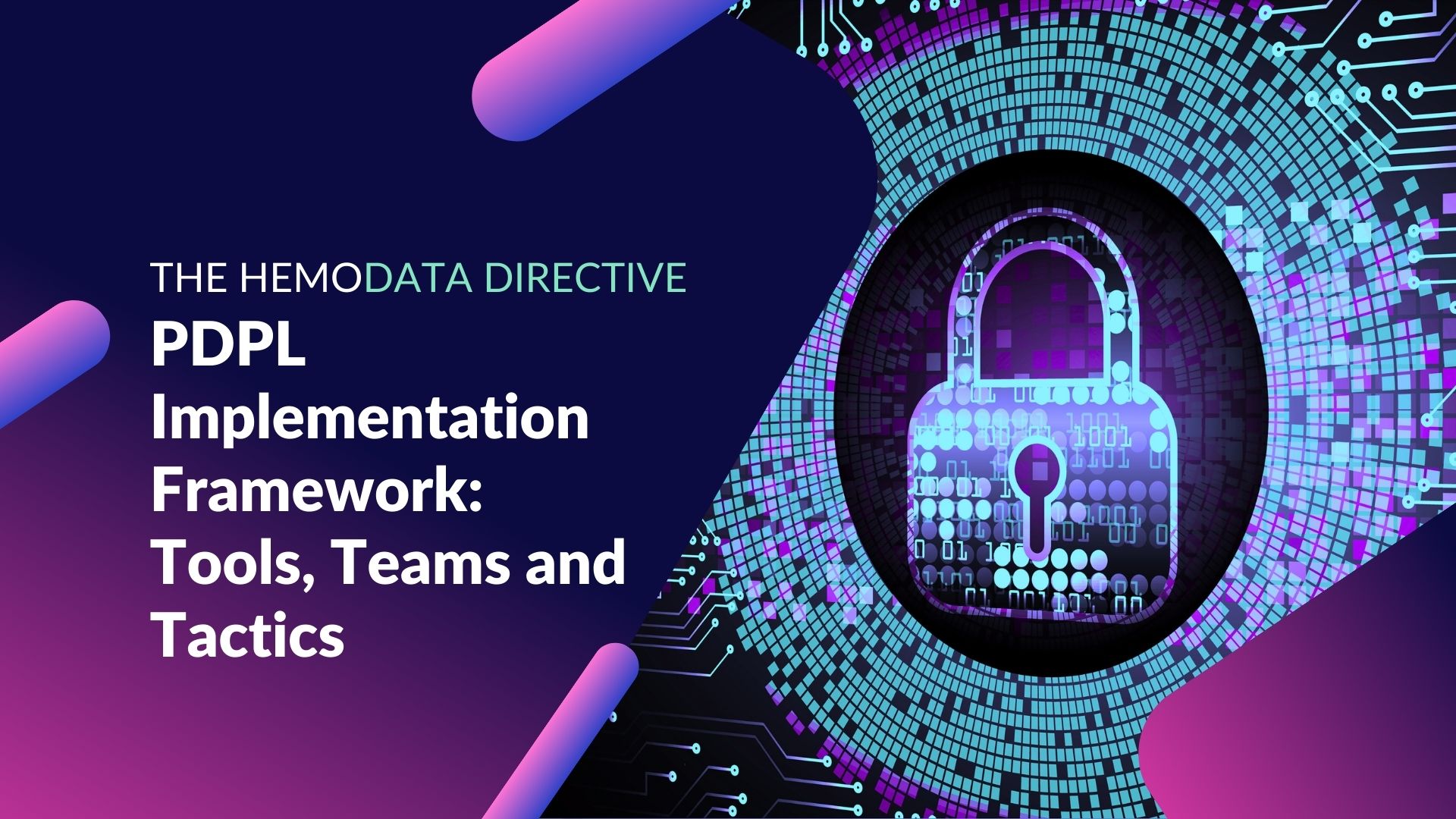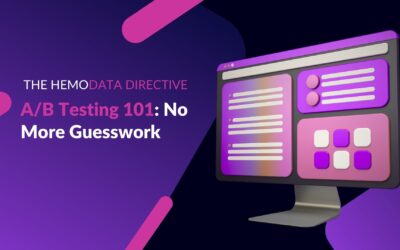While compliance with the NDMO framework and Saudi Arabia’s Personal Data Protection Law (PDPL) is increasingly being seen as good for business and sound decision-making, it’s important not to forget the other side. Non-compliance can bring hefty penalties, operational disruption, and even criminal charges.
This guide breaks down how to implement PDPL standards across teams, what tools can help, and how to turn legal obligations into an operational advantage.
Bonus: a free PDPL Assessment to help you benchmark your progress.
Why PDPL Implementation Needs a Team-Specific Approach
PDPL compliance is not the sole responsibility of legal or compliance, it’s a cross-functional initiative. Every department interacts with personal data differently:
- Legal wants to mitigate risks and ensure lawful processing of data
- Marketing wants personalisation that is backed by consensual collection of data
- Security & IT want minimal vulnerabilities and controlled access
- Leadership wants to safeguard the business from fines and reputational damage
The challenge? Translating PDPL requirements into team-specific practices that protect data without slowing down growth.
1. What Does “Implementation” Actually Mean?
Most teams start by asking:
“Do we need to be compliant right now?”
The PDPL became fully enforceable as of 14 September 2024, meaning that all entities and individuals (Processing personal data) are now required to be in full compliance.
Implementation = making compliance a part of daily operations.
That includes:
- Mapping where personal data lives across systems and touchpoints.
- Defining roles and responsibilities (e.g. data owners, processors, controllers).
- Embedding privacy and consent logic into product flows.
- Automating what you can (e.g. consent capture, data subject access requests).
- Reporting on readiness and risk.
2. Who Does What? Mapping the Right Roles to the Right Parts
You don’t need a “Head of PDPL,” but you do need clear accountability. Here’s how it typically maps out:
| Function | Role in PDPLCompliance |
| Legal & Compliance | Interprets PDPL and NDMO controls, drafts policy. |
| Data Governance | Sets data standards, ownership, lifecycle rules. |
| Engineering & IT | Implements encryption, access, consent systems. |
| Marketing & CX | Handles opt-ins, cookie banners, data usage logs. |
| Product & Design | Builds in privacy by design (e.g. default settings, transparency). |
HEMOdata Tip: Nominate a Data Steward in each team; someone who becomes the bridge between compliance goals and day-to-day execution.
3. Tools That Make PDPL Easier (and Scalable)
Manual spreadsheets and policy PDFs won’t cut it for long. As teams scale, so does your risk and that’s where the right tooling comes in.
| Need | Tool Type | Example Tools |
| Data Discovery | Identify and classify personal data across systems | Data Sentinel, Collibra, Actian |
| Consent & Preference Management | Manage user rights, consent, cookies | OneTrust |
| Data Cataloguing | Establish lineage, ownership, metadata | Collibra, Actian |
| Identity Access Management (IAM) | Control who sees what data | Curity |
| Analytics & Auditing | Track compliance metrics, respond to requests | Mixpanel |
HEMOdata Tip: If you can’t invest in everything at once, start with a clear data map and consent audit. These will be two of the highest-impact, lowest-effort wins.
4. Create Team Playbooks
PDPL compliance isn’t just about publishing a policy PDF and hoping teams read it. To embed these practices into daily operations, you need actionable playbooks.
These outline how teams should handle consent, classification, sharing, or deletion in tools they already use.
For example, a product team’s playbook might include how to log data classification inside their analytics platform, while a marketing playbook could cover consent tagging in campaign tools.
Even if you’re not starting with pre-built templates, outlining the key decisions and handoffs in your data lifecycle helps teams take real ownership of compliance.
HEMOdata Tip: Keep them tool-specific. A “how-to” for PDPL compliance that is easily accessible will get used more than a generic document.
5. What “Good” Implementation Looks Like
- Teams know their role in protecting personal data.
- You can track, retrieve, and delete user data within 72 hours.
- Consent capture is embedded across touchpoints.
- Tools are integrated into the workflow, not an afterthought.
- You’re not relying on one compliance officer to manage it all.
Take the PDPL Compliance Assessment
Before you overhaul your entire data stack, figure out where you stand. Our free PDPL Compliance Assessment helps you benchmark your maturity across key categories:
- Data Mapping & Ownership
- Consent Management
- Team Responsibilities and Training
- Documentation & Audit Readiness
We’ll score you across each area and send you a summary, no strings attached.
PDPL implementation isn’t a sprint or a static checklist, it’s a mindset shift. The businesses that treat it as a strategic advantage (not just a compliance risk) are the ones that will scale with trust, agility, and resilience.
Whether you’re just starting or deep in the process, the key is simple: make it real, make it collaborative, and make it continuous. Want to understand PDPL compliance a bit better? Talk to us.




